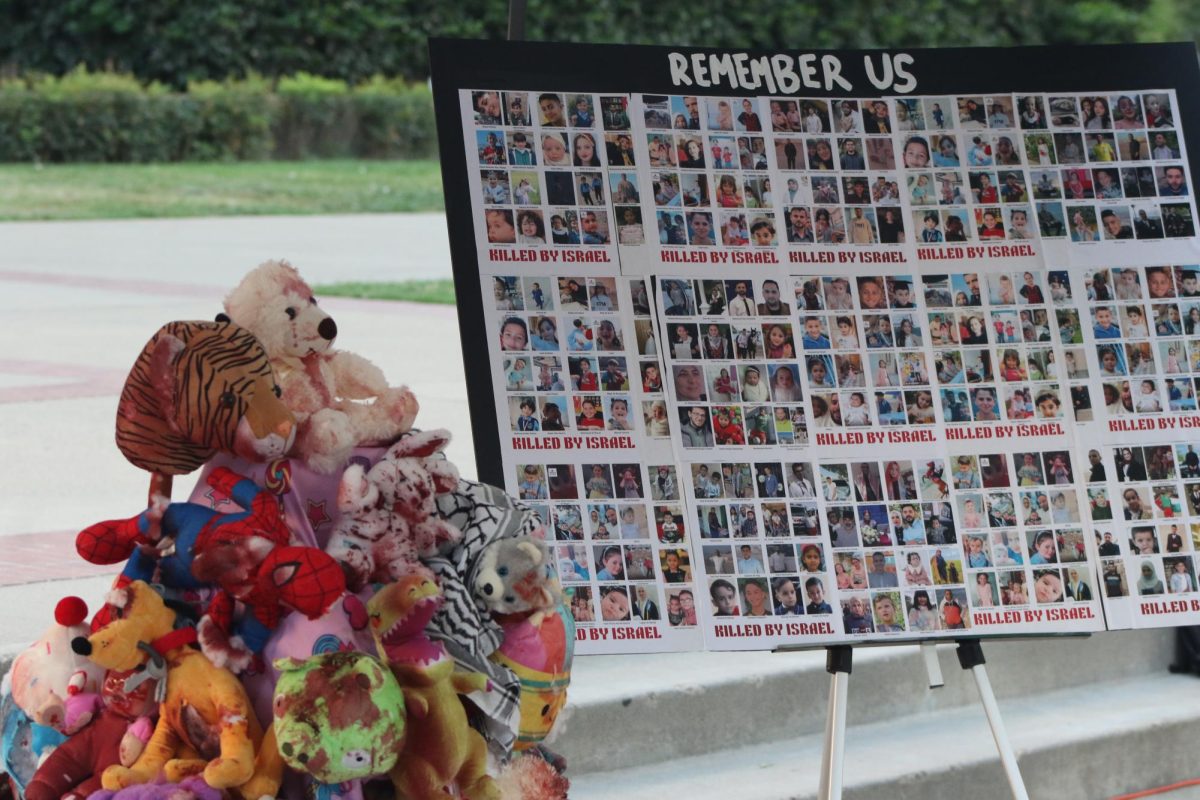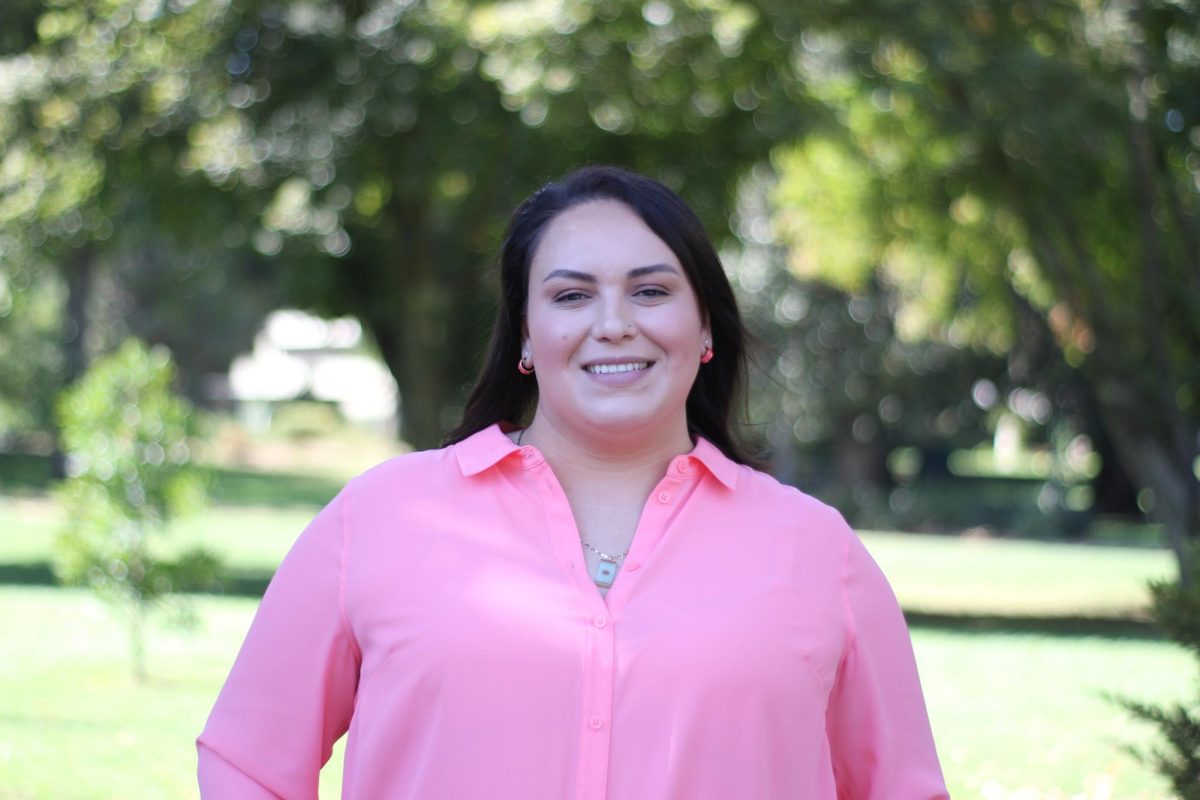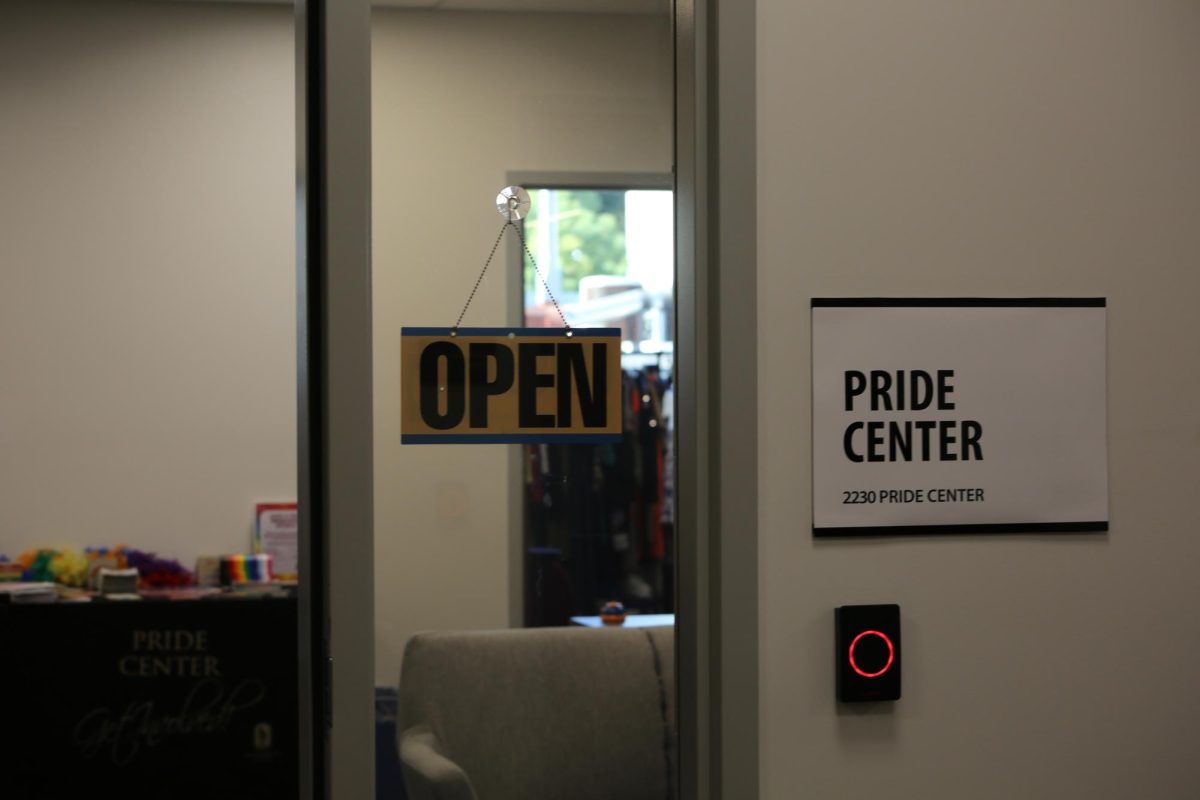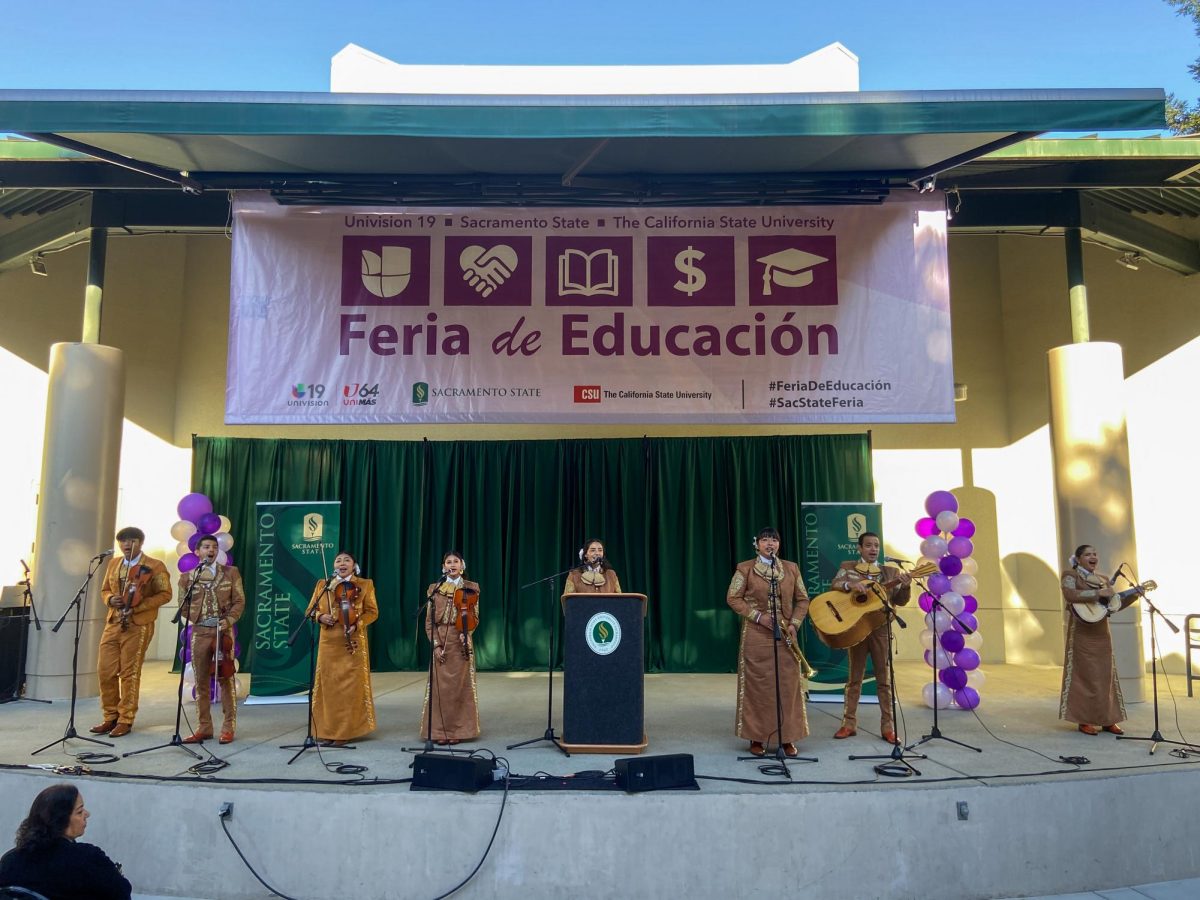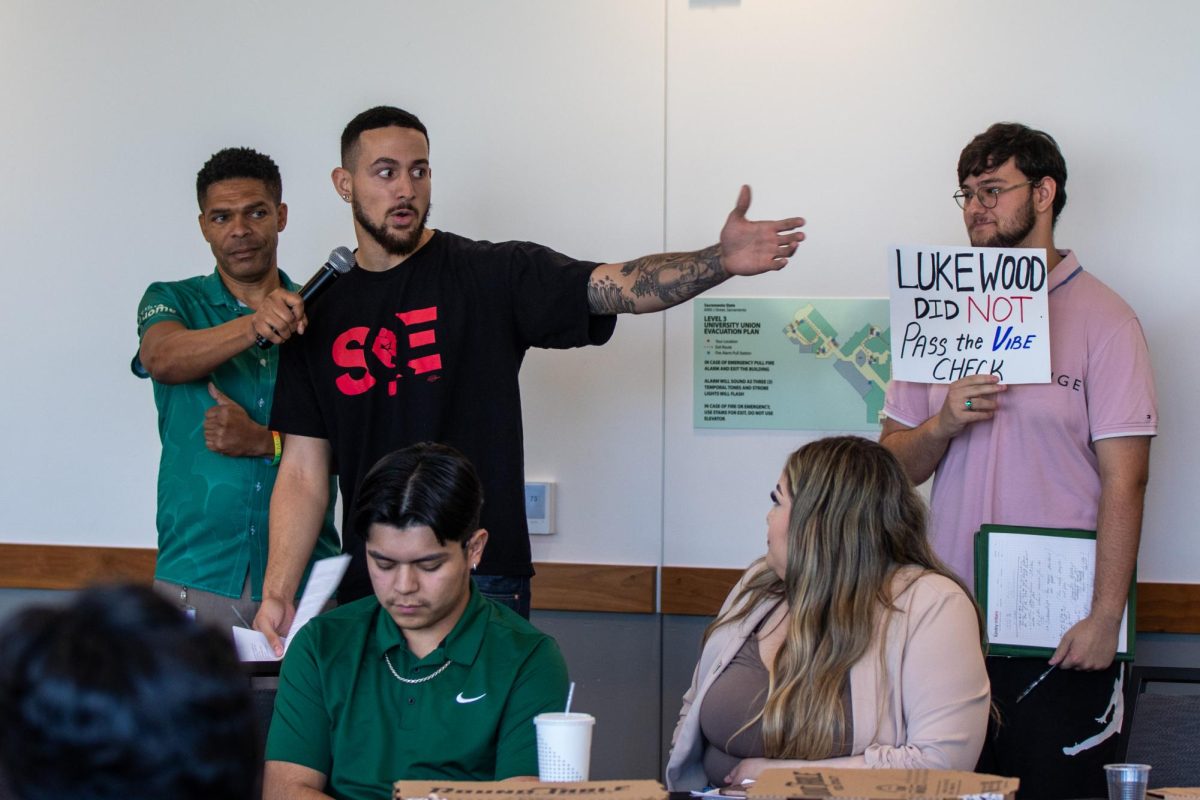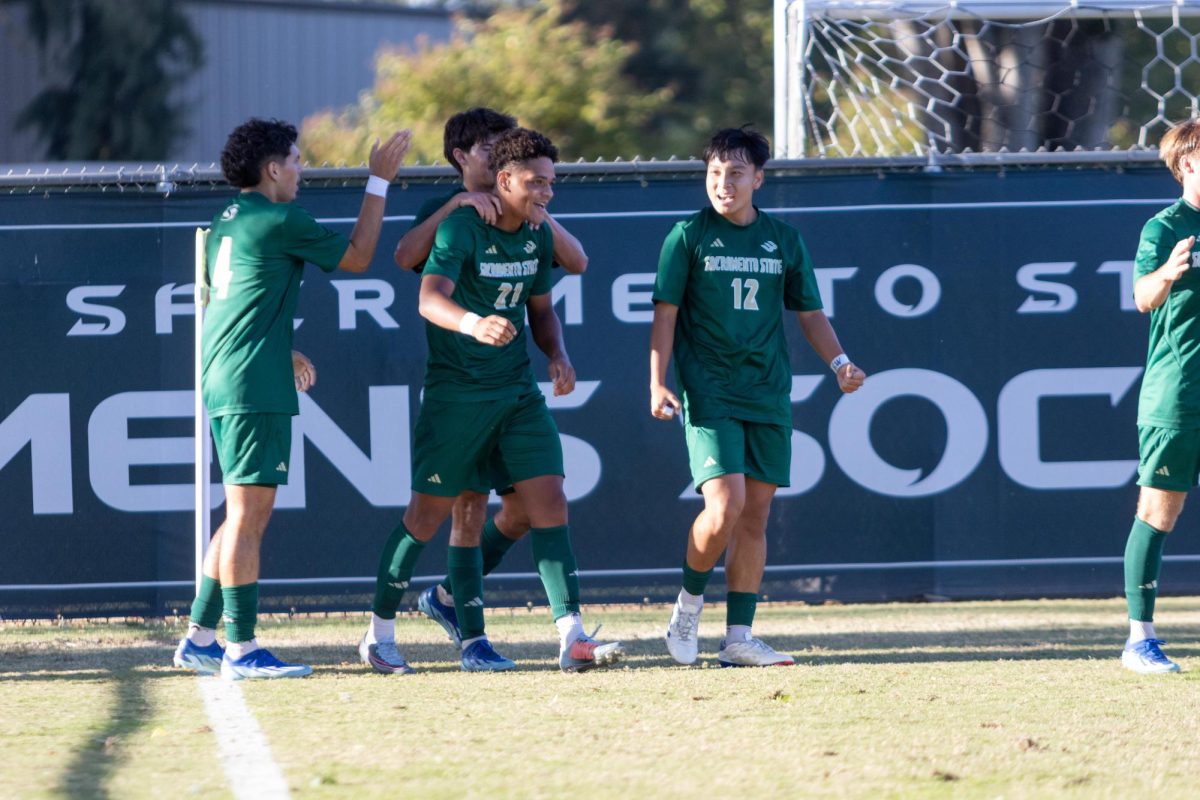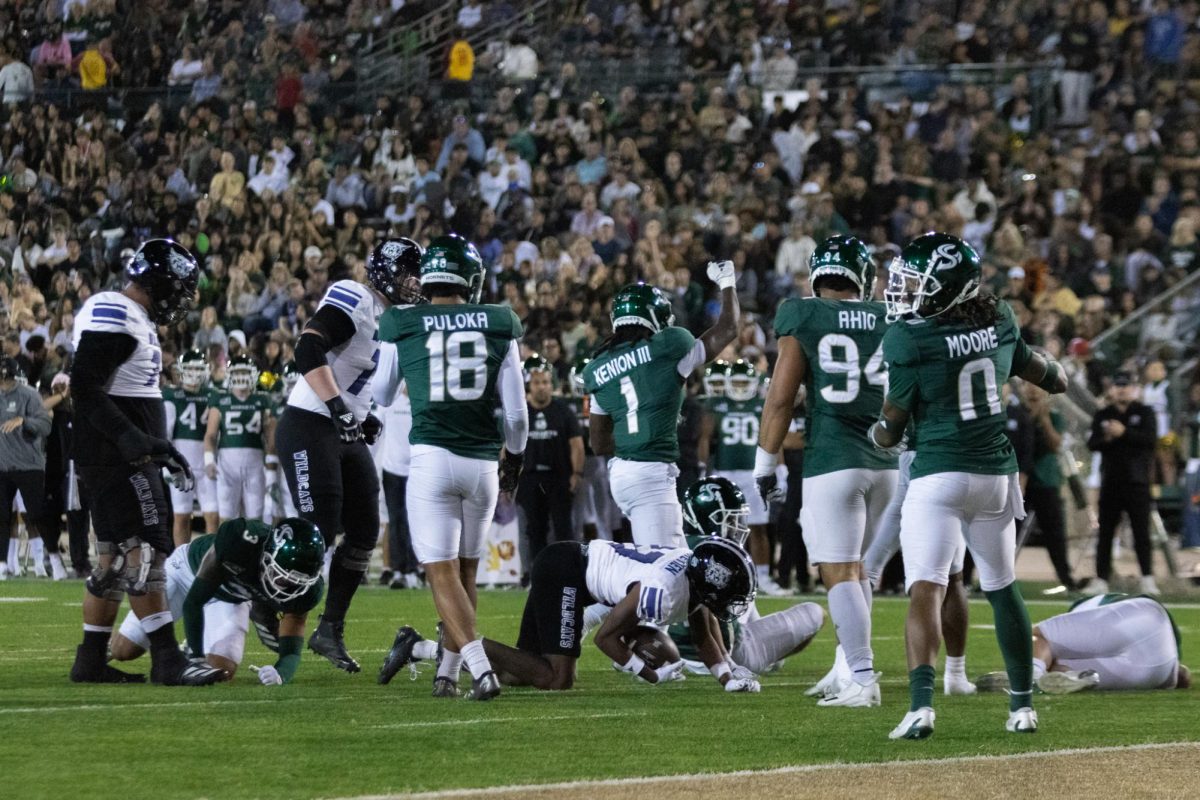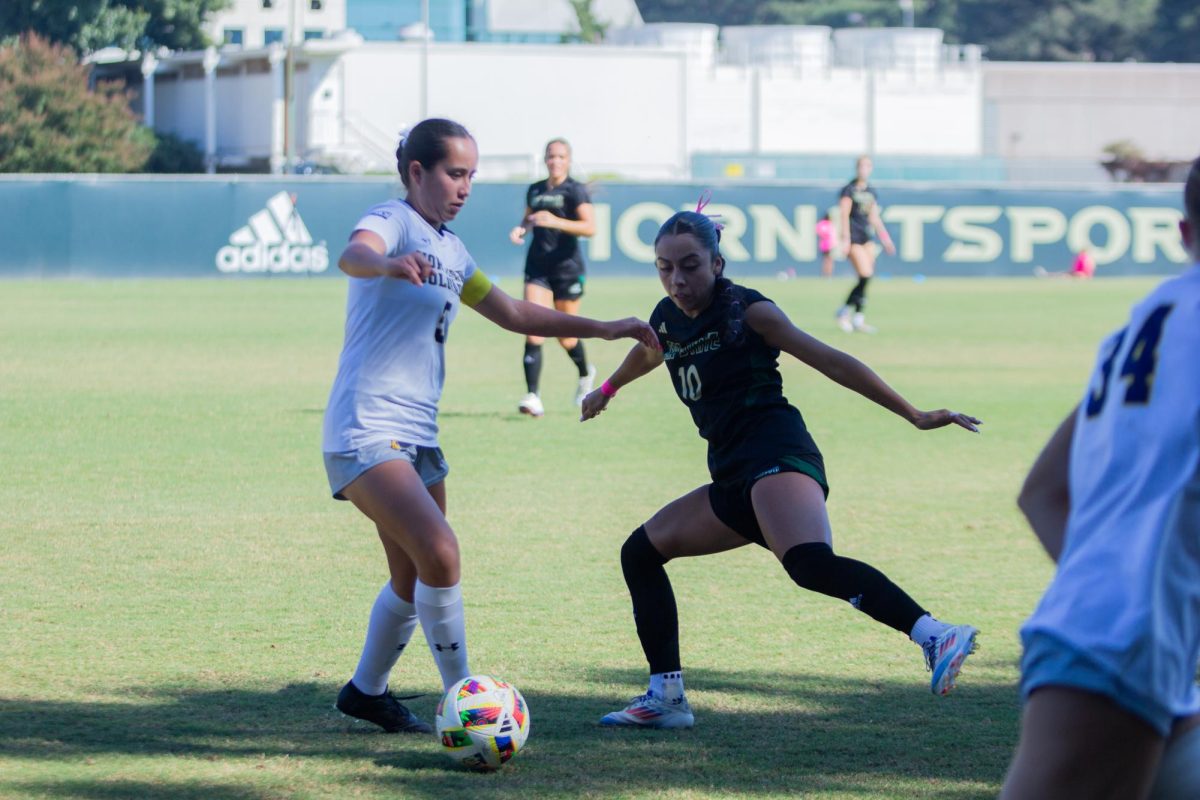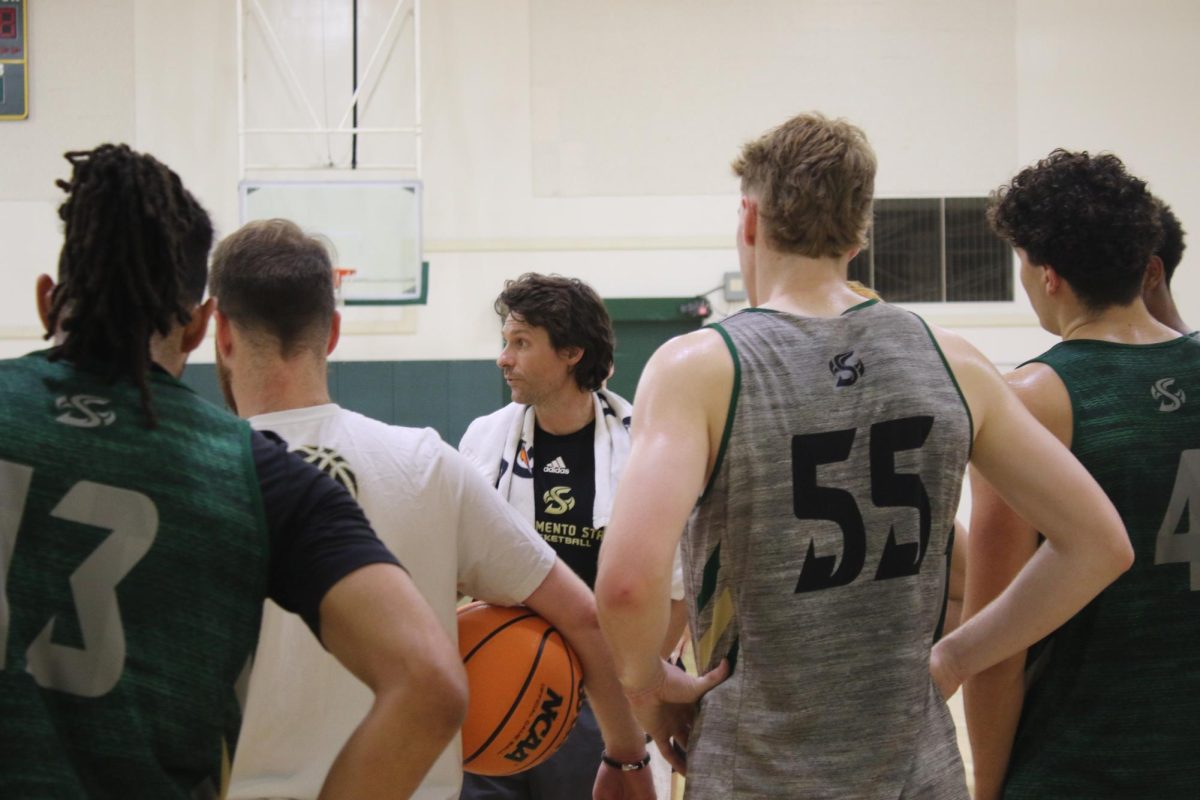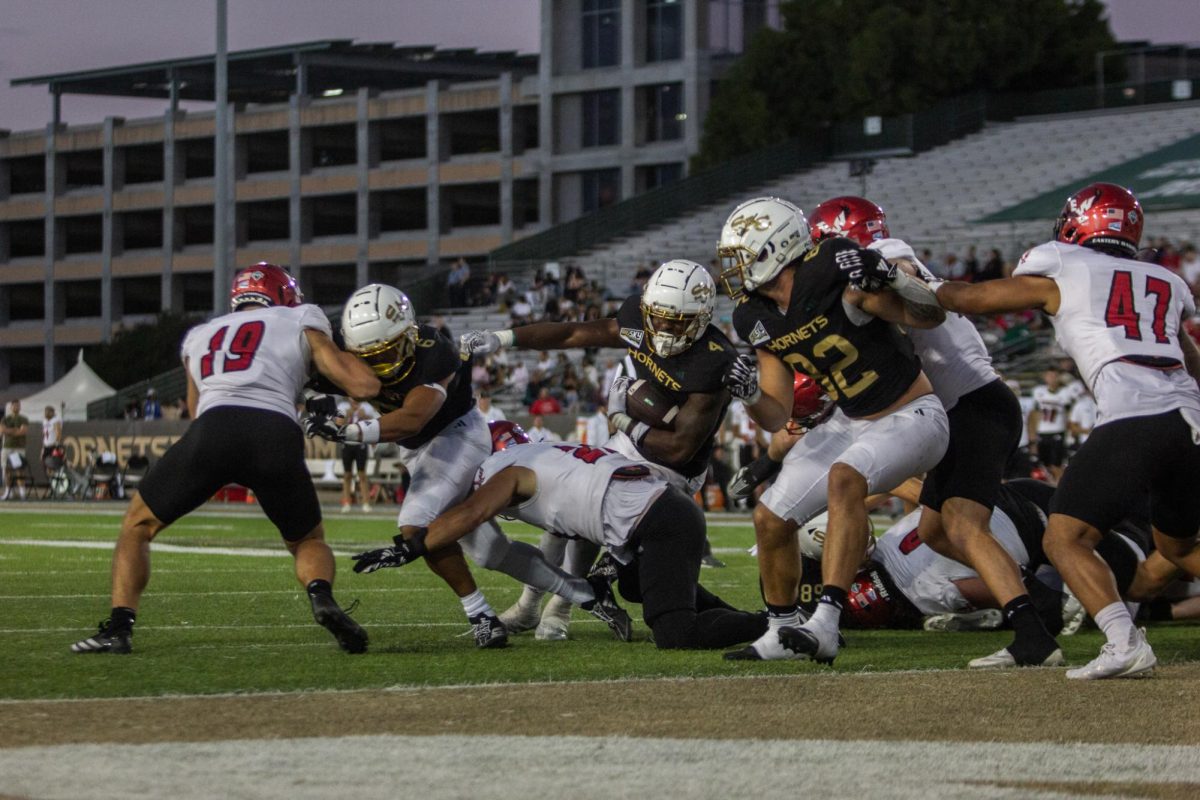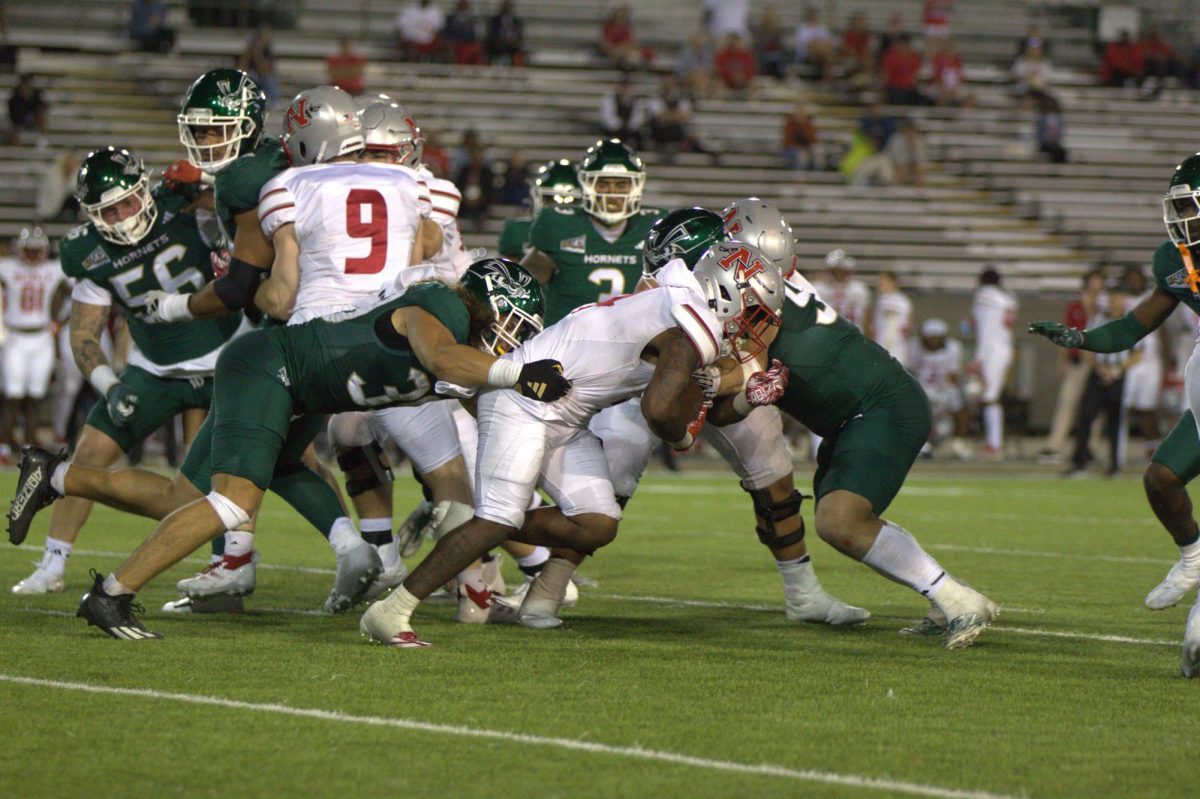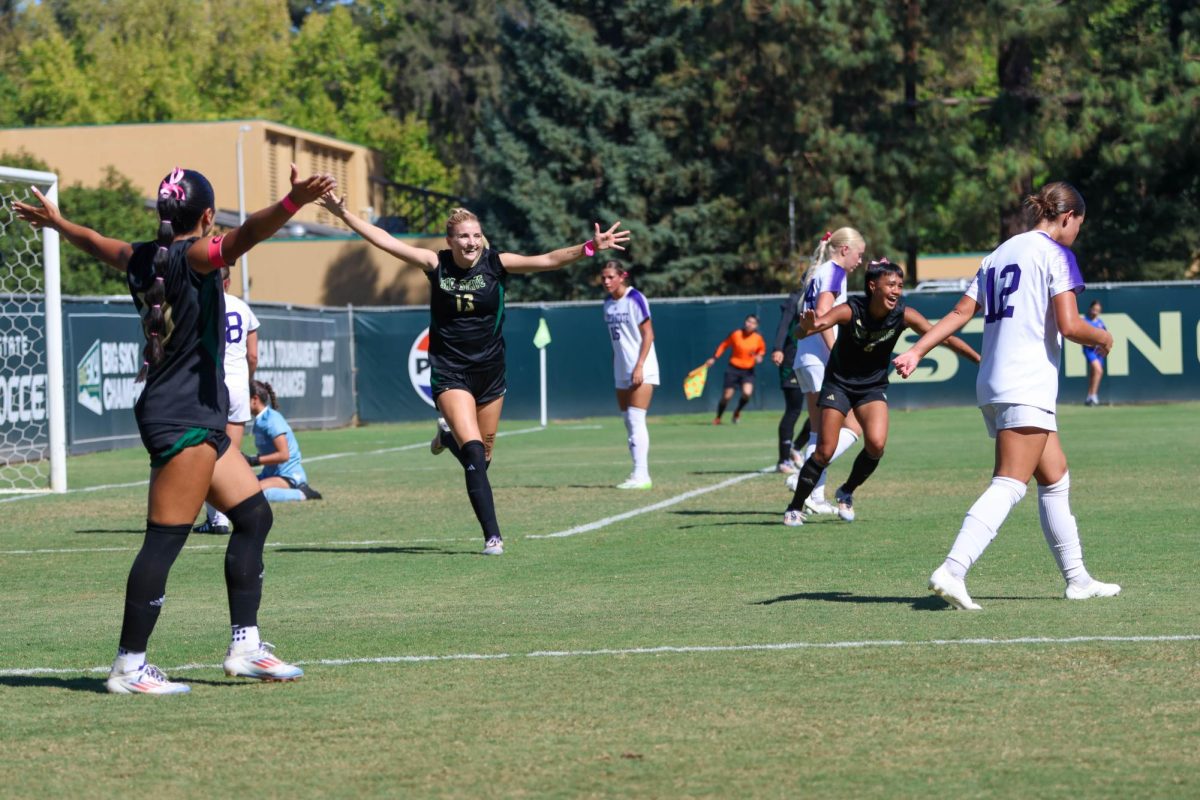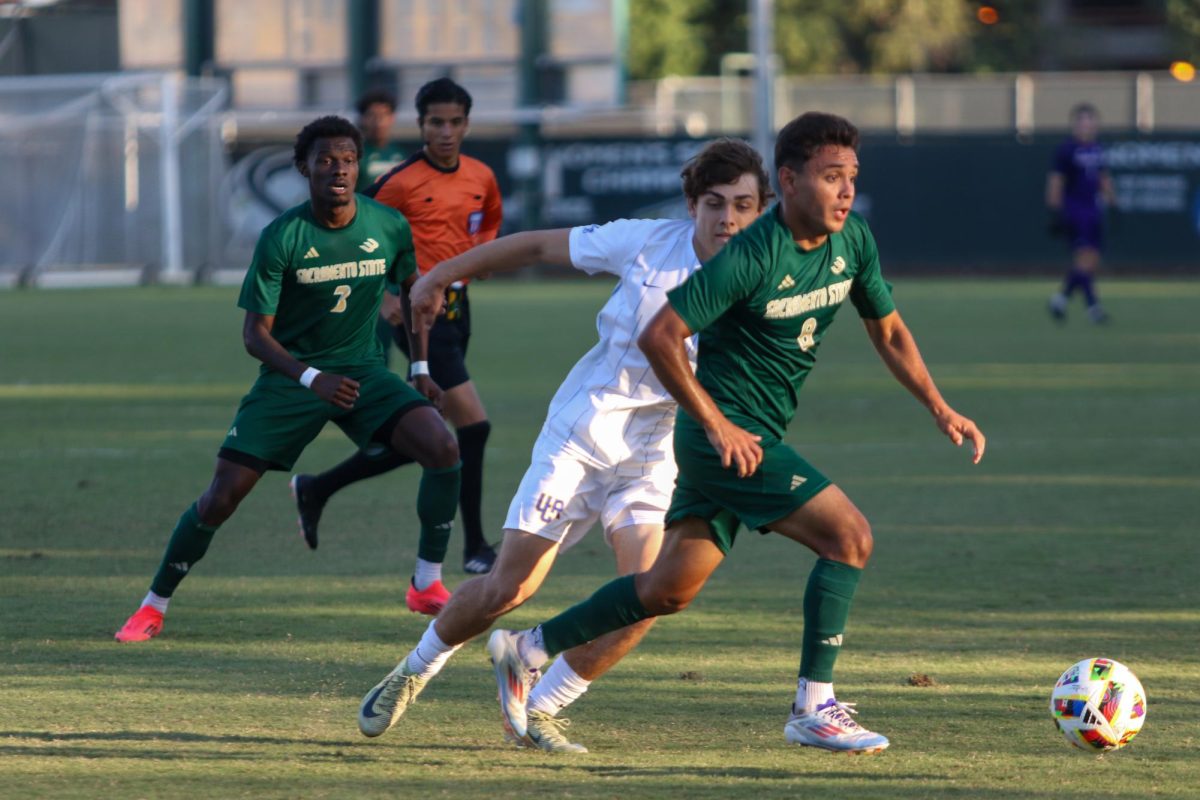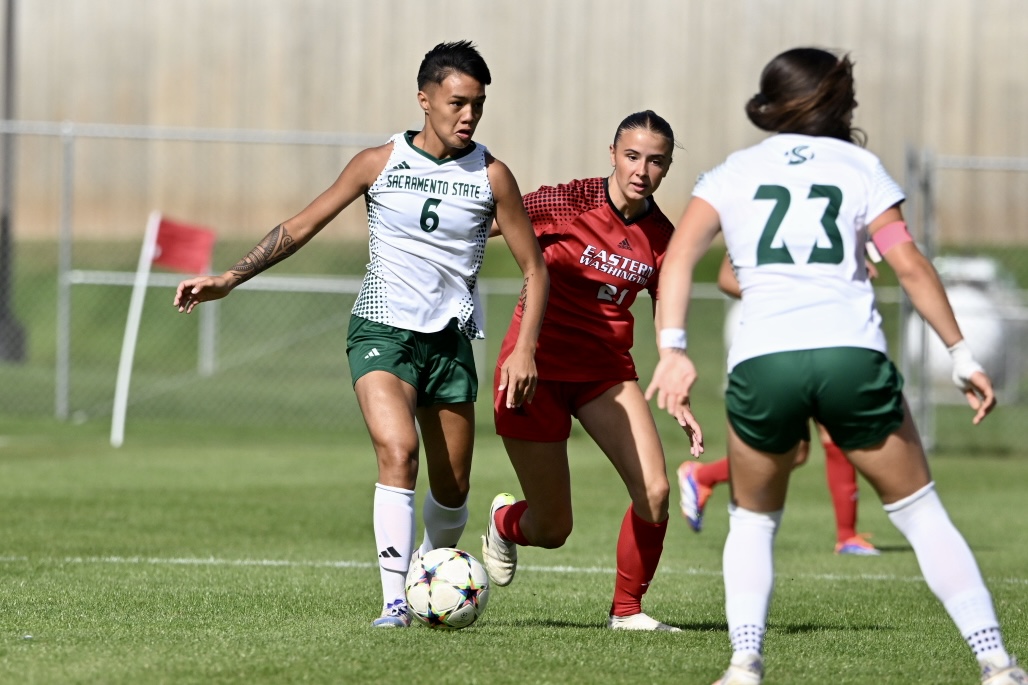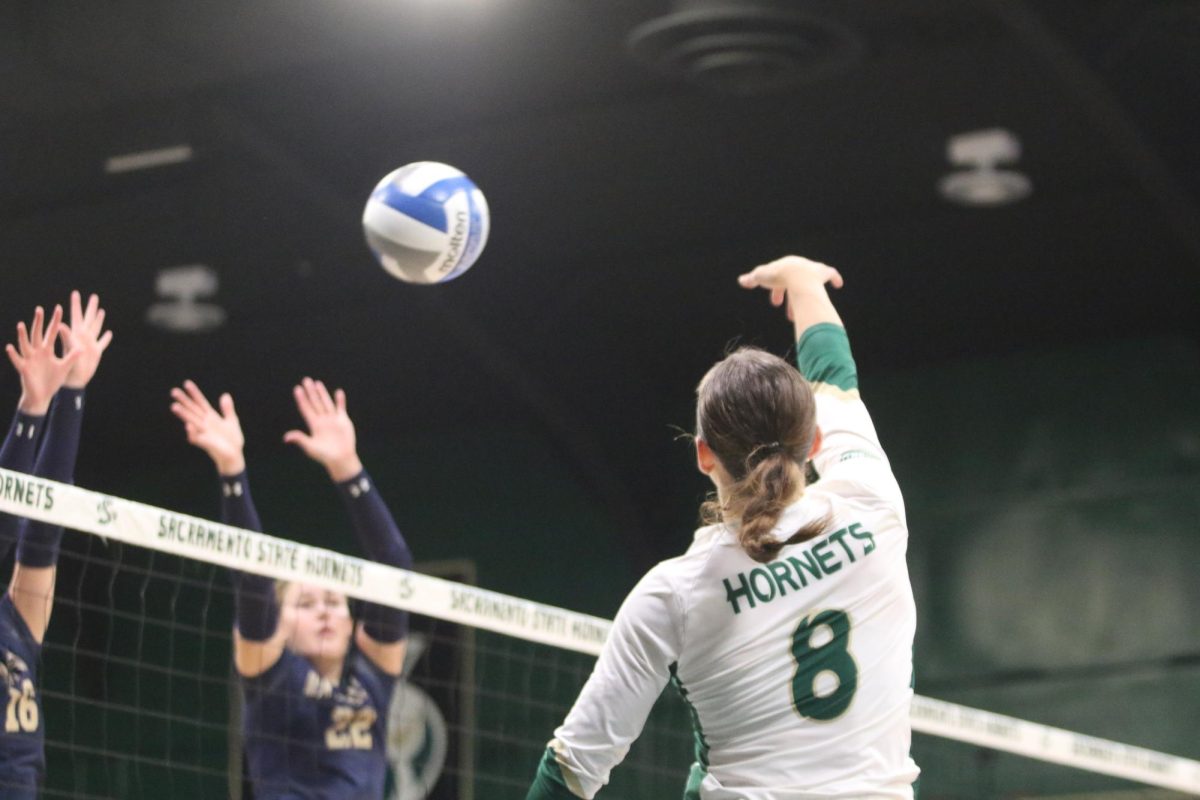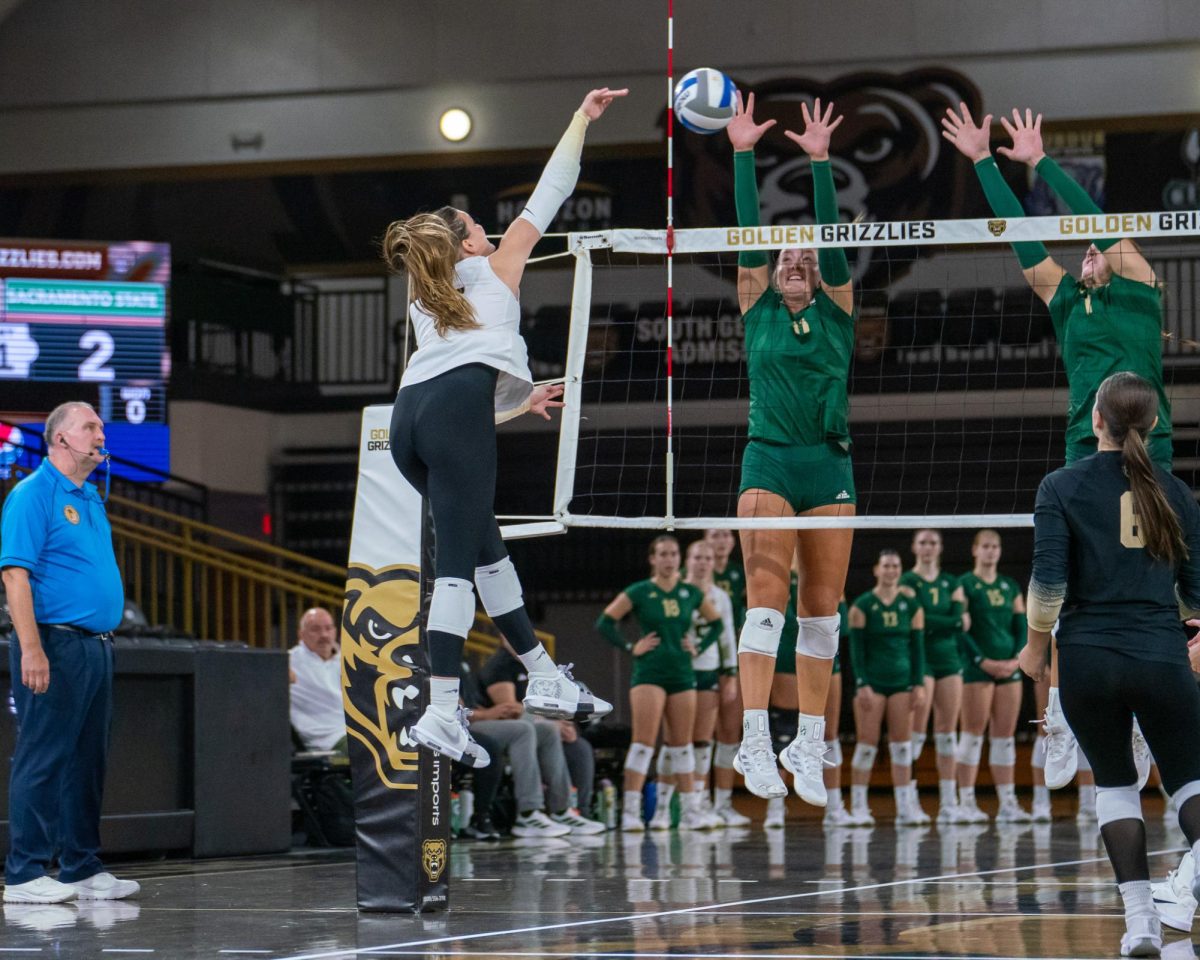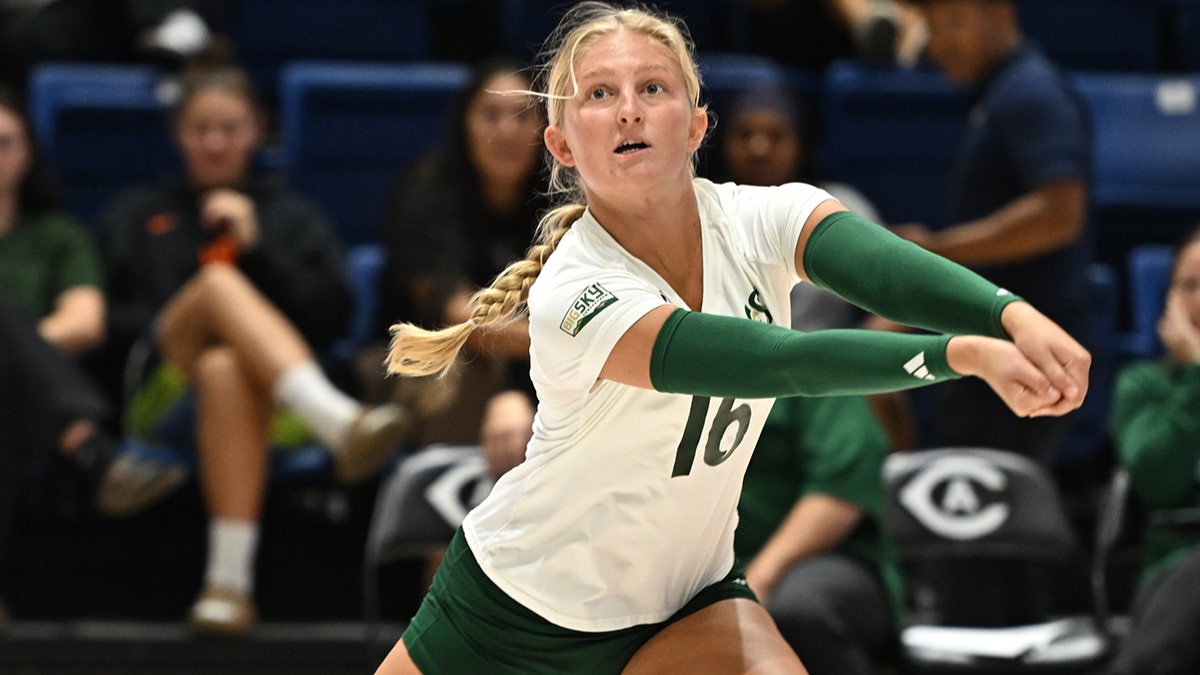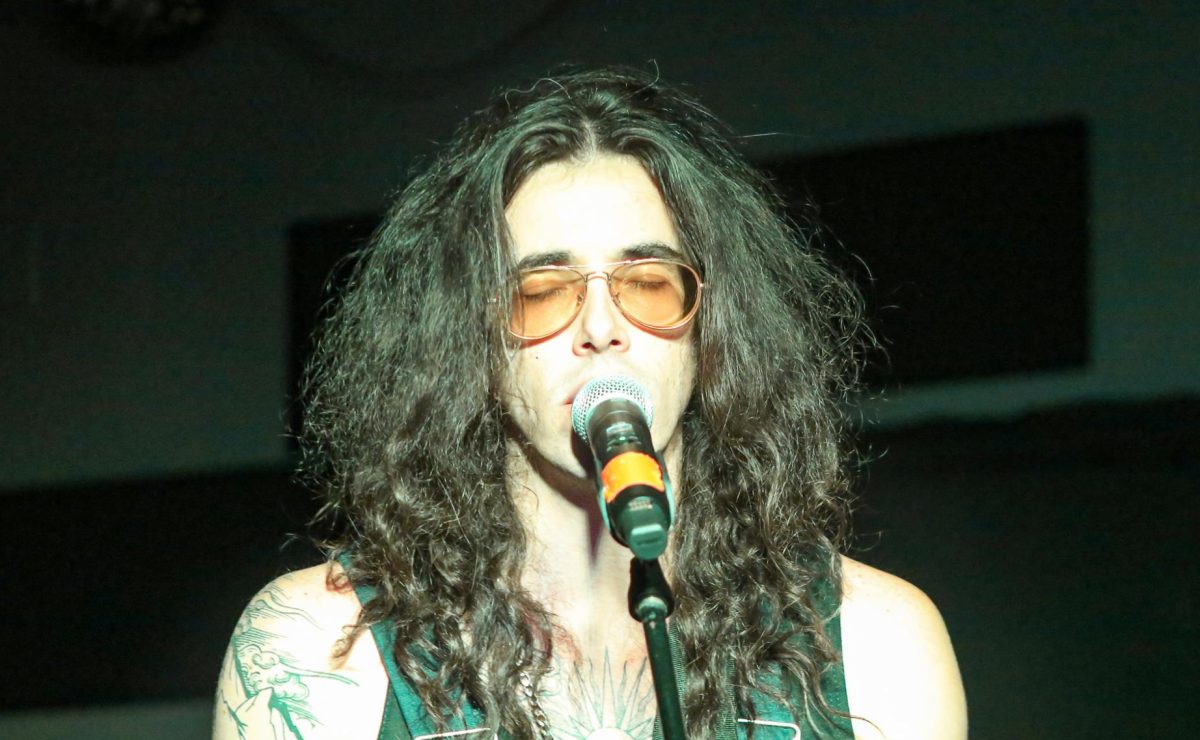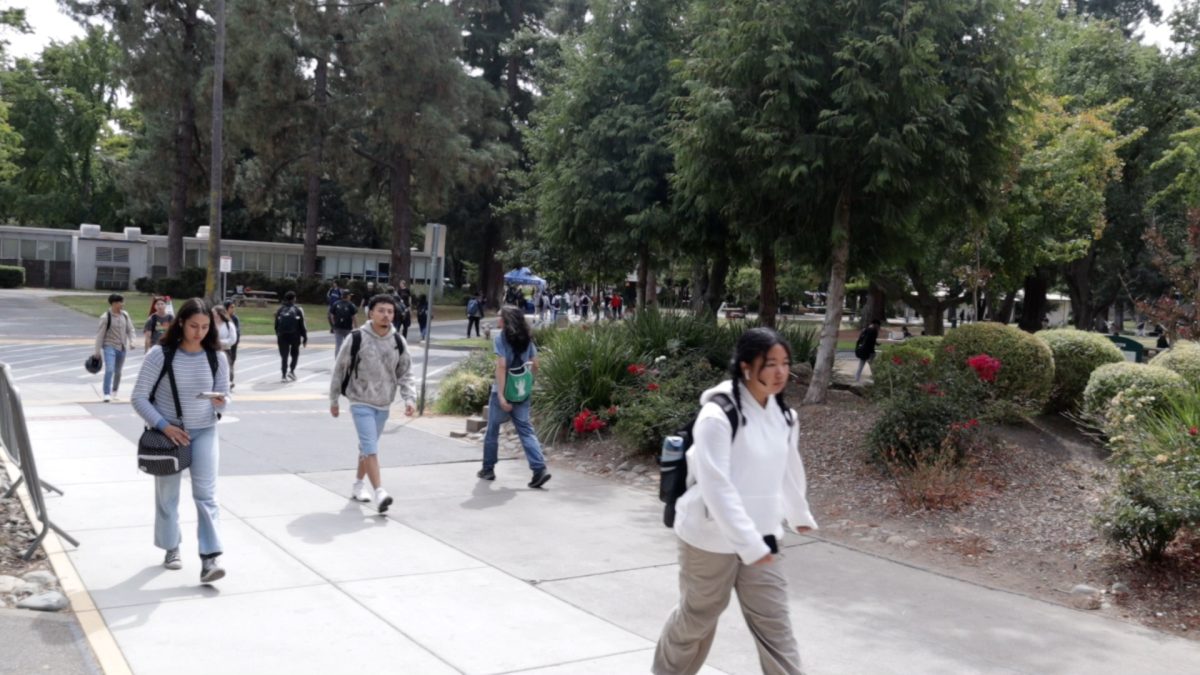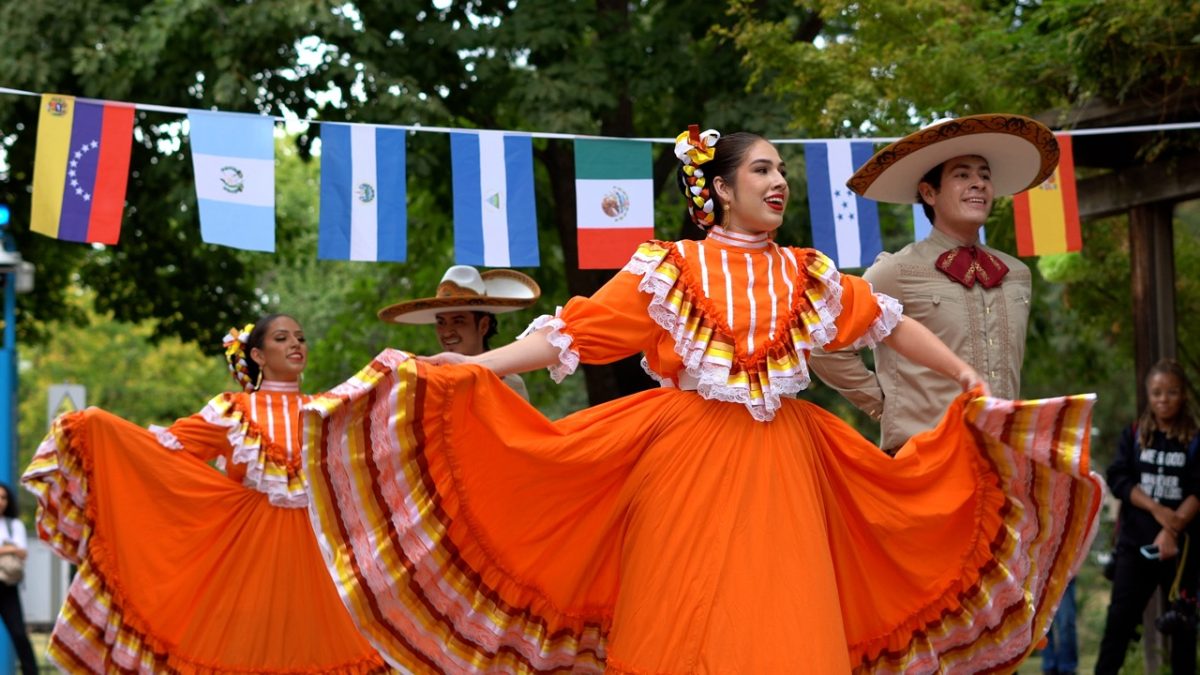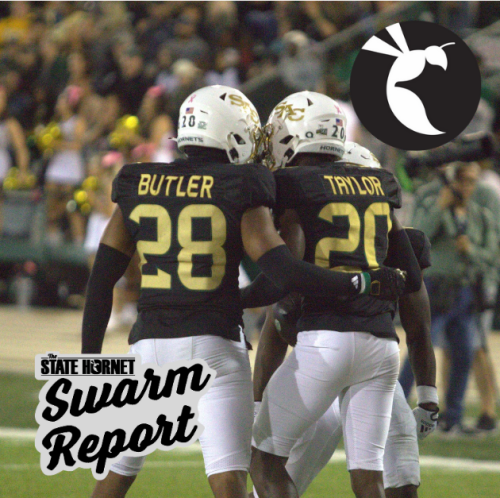Environmental studies faces lack of professors
April 27, 2011
The environmental studies department faces the possibility of fewer sections this fall, as the department is down to two full-time professors.
Environmental studies department chair Dudley Burton said the department is concerned about the cuts.
“The cuts have been going on for several years now, and there was no more fat to be cut a long time ago,” Burton said. “So what’s being cut now is money to do basic operational expenses.”
He said the changes will be noticeable.
“Classes are larger, supplies are less than they’ve been in the past, so things are just really tight,” Burton said.
Cory Phillips, junior environmental studies major, just transferred to Sacramento State this year.
On his first day, more than 40 students were in his class. Many of them had to search the building to find a chair in which to sit.
“I came here for more one-on-one time with professors and that concept is becoming obsolete,” Phillips said. “Honestly, that’s why I came to CSUS.”
Since environmental studies is down to just two full-time professors from three in the fall, the department will need to rely more on part-time instructors. Burton said the department is in luck because there are a lot of people in the Sacramento area doing environmental work, so there are many in the field to choose from.
The major problem with this situation is that full-time members of the department fulfill roles such as advising, going to meetings and helping students outside of class – elements of the job not required of part-timers.
“So we feel that, and have felt for a long time that, the smallest reasonable sustainable size for the department is about five full-time people,” Burton said. “But we haven’t been at that level in a long time.”
Burton estimates the department will have four or five part-time instructors in addition to the two full-time, himself included.
“We have some good part-time folks, but it’s not the same as having a full-time tenure-tracked person,” Burton said. “Budget constraints are just not pleasant.”
The environmental studies department’s concerns are not unlike those of other departments on campus.
“I think we are going to be in the same position that every other department is in,” Burton said. “How can we maintain as much of the program as we can under restricted budget conditions?”
Robin Elisabeth Datel, the geography department chair, faces many of the same challenges as Burton.
Datel said, at a minimum, the geography department may be cutting 10 percent of budget it has for hiring staff. The department will attempt to stretch resources as far they can go – cutting significantly- without cutting students.
“The only way that will work is if we make class sizes larger,” Datel said. “I think most students would rather be in a larger class than not have the class at all.
Burton said he is in conversations right now with the dean of the social sciences program, Charles Gossett, about the severity of cuts.
“The dean has been supportive, but he’s also getting the message from the other side that things are tight right now and unless the tax increases that are supposed to go away, unless the voters approve their extension … all hell is going to break loose,” Burton said.
Gossett said the department does have the resources to hire more part-time faculty in the department if needed to replace the departing ethnobotany professor Matzek, who applied for a leave of absence to teach at Santa Clara University.
“The whole university is at a stage where we’re doing very little hiring the last couple years, so there is no immediate plan to hire anybody. But hopefully when the budget gets better, we’ll be having more resources,” Gossett said.
He said the hope is that many of the cuts would work around cutting courses.
“It’s maybe that there are fewer resources for faculty in professional development,” Gossett said. “I don’t want to say that this is going to happen, but they have a number of field trips that they do. Maybe they won’t be able to do as many field trips, or maybe the field trips they do are shorter – closer by than farther away. Those kinds of things.”
The increase in class size is what most concerns Datel, as this can make things even more difficult in the busy lives of students.
“What happens is obviously when class size goes up, flexibility goes down, because instead of offering two or three sections you offer one large class at one time,” Datel said. “Therefore, it becomes harder for students, almost all of whom work to juggle their schedules.
The geography department has eight full-time faculty members, and one part-time instructor, and Datel guesses these numbers will remain the same this fall.
One of the most important components of the geography department is the three field courses they teach, which are entirely off campus. Since they are small classes, they likely will be protected.
“Maybe the field trips would have to be of shorter length,” Datel said. “Geography field trips are not a little thing; we really feel strongly about getting students out into the physical and social environments that they are learning about in the classroom.”
Phillips said the uncertainty when it comes to the schedule is equally frustrating.
“If there are going to be cuts to courses they should be planned,” he said. “Students can’t really take into consideration what’s not going to be available.”
Datel said one of the most disappointing parts of this crisis is the distraction it creates from education.
“I do think it’s just hard for students to manage their education at Sac State and lives given this uncertainty,” Datel said. “It’s sort of like a roller-coaster because we plan for one thing and then we are told to cut, then we’re told to put things back in. It’s not only the reality of that, but it’s also all the time that spent doing that is not used more productively for teaching and learning, which is what we are supposed to be doing.”



